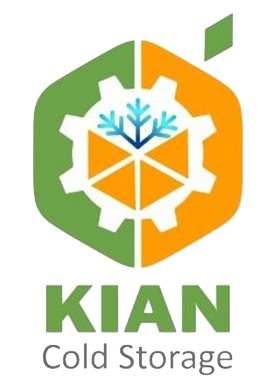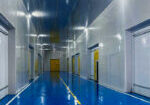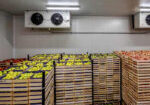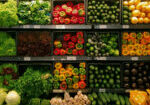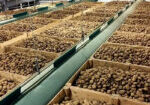Temperature Requirements for Food Cold Storage Rooms
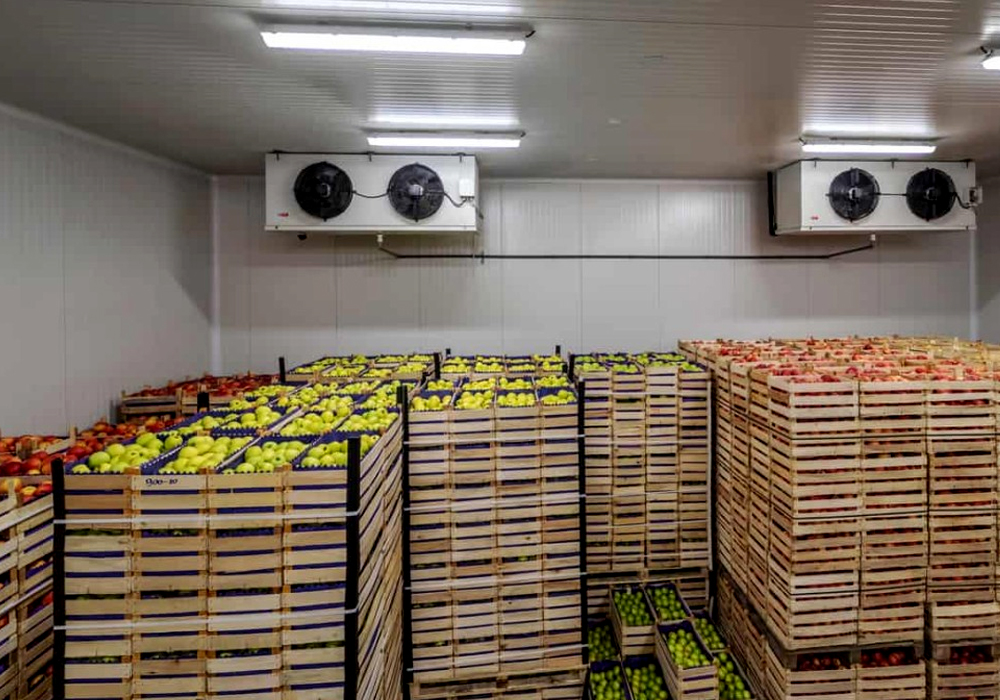
One important principle for storing goods in cold storage facilities is to ensure that the temperature of the cold storage rooms complies with standard principles.
Adhering to the standards for food storage helps prevent a decrease in the quality of goods and reduces waste. It also helps prevent food poisoning. When the environment for storing food is suitable, the goods will have a longer shelf life.
The temperature of cold storage rooms for each product is crucial and valuable. Anyone with expertise in the food industry should have complete information about the temperature of cold storage rooms for each food item. This individual must maintain the cold chain from production to consumption for each food item. Maintaining this cold chain in food storage is very important, as it keeps the food fresh and minimizes bacterial growth. Storing food at a temperature other than the specified temperature can lead to the growth of microorganisms.
Some other examples of cold storage standards are:
– Temperature Control: The cold storage area’s temperature should be controllable from outside the cold storage room. The person in charge should monitor the temperature twice a day. It is better to use freezing tunnels in the cold storage. Cooling and refrigeration devices should be regularly checked and ensured to be in good condition.
– Flooring, Walls, and Ceiling: The walls, flooring, and ceiling should be washable, for example, made of galvanized, rust-resistant material, to be easily cleaned.
– Palletization and Shelving: Depending on the type of use, the cold storage should be palletized. The areas beneath pallets and behind shelves should be washable. Food should not be placed directly on the floor of the cold storage.
– The distance between shelves and the floor of the cold storage should be about 10 centimeters. Food items should have a distance of 10 centimeters from the walls.
– The distance between shelves should preferably be between 1.5 to 2 meters.
Hygiene in food cold storage facilities should be as follows:
- Due to the sensitivity of food items to temperature changes and environmental conditions, it is essential for the cold storage to have emergency power supply.
- When entering the cold storage area, specialized footwear for that area should be used, and it should not be used in other kitchen areas. This prevents contamination of the cold storage environment.
- To prevent harmful insects from entering the cold storage, entry points should be covered with mesh or screens.
- Strict adherence to cleanliness and maintenance routines is necessary in the cold storage area.
Why do food items need cold storage?
One of the factors that prevents food items from spoiling is maintaining the necessary temperature through cold storage facilities. Since most food items are perishable, creating conditions for extended preservation is essential. Additionally, controlling humidity and atmosphere is effective in maintaining the quality of stored food items.
Cold storage facilities are divided into two types in terms of temperature:
- Above-zero cold storage: Used for storing perishable food items such as fresh meat, fresh fish, ground meat, etc.
- Below-zero cold storage: Used for storing semi-finished foods and products like frozen meat, frozen chicken, corn, pizza cheese, etc.
Cold storage facilities help preserve the freshness, flavor, and aroma of fresh food items. Storing food in these facilities also prevents food poisoning. Cold storage facilities should be equipped with coolers and ventilation systems.
